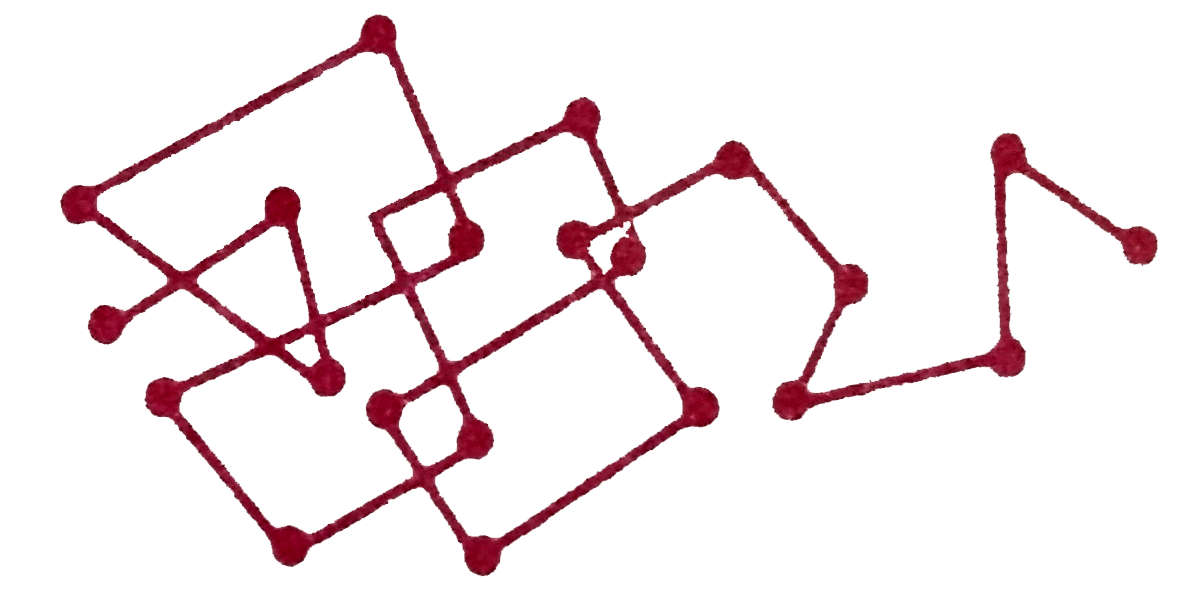Sweeping type of rhythmic movements are shown by
flagella
cilia
both (1) & (2)
centrosome
The correct Answer is:B
To solve the question regarding which structures exhibit sweeping type of rhythmic movements, we can follow these steps:
1. Identify the Options: The question provides the following options:
- Flagella
- Cilia
- Both flagella and cilia
- Centrosome
2. Understand Flagella:
- Flagella are long, whip-like structures that enable movement. They are known for their undulating, sweeping motion which propels cells forward.
3. Understand Cilia:
- Cilia are shorter, hair-like structures that also exhibit rhythmic movements. They can beat in a coordinated manner to create a sweeping motion, often moving substances across the surface of cells.
4. Evaluate Centrosome:
- The centrosome is an organelle that contains centrioles and is involved in cell division (specifically spindle formation). It does not exhibit any type of sweeping or rhythmic movement.
5. Determine the Correct Answer:
- Since both flagella and cilia exhibit sweeping rhythmic movements, the correct answer is "both flagella and cilia".
6. Select the Option:
- Therefore, the answer to the question is "both one and two".
Final Answer:
Both flagella and cilia exhibit sweeping type of rhythmic movements.
---
- Flagella
- Cilia
- Both flagella and cilia
- Centrosome
- Flagella are long, whip-like structures that enable movement. They are known for their undulating, sweeping motion which propels cells forward.
- Cilia are shorter, hair-like structures that also exhibit rhythmic movements. They can beat in a coordinated manner to create a sweeping motion, often moving substances across the surface of cells.
- The centrosome is an organelle that contains centrioles and is involved in cell division (specifically spindle formation). It does not exhibit any type of sweeping or rhythmic movement.
- Since both flagella and cilia exhibit sweeping rhythmic movements, the correct answer is "both flagella and cilia".
- Therefore, the answer to the question is "both one and two".
Both flagella and cilia exhibit sweeping type of rhythmic movements.
Topper's Solved these Questions
Similar Questions
Knowledge Check
In a spinning top, axis moves around the vertical through its point of contact with the ground sweeping out a cone. This movement of the axis of the top around the vertical is known as
Aa. rotationBb. translationCc. precessionDd. rolling
Which type of movement is shown by Tulip and Sunflower respectively ?
View SolutionVarious types of movements are generated by the ____ layer of the small intestine.
View SolutionThe cause of Brownian movement which is not shown by true solutions or suspensions is due to

View SolutionWhat type of stoichiometric defect is shown by NaCl ? Explain.
View SolutionWhat type of stoichiometric defect is shown by AgCl ?
View SolutionWhat type of substitution reactions are shown by benzene?
View SolutionWhat type of stoichiometric defect is shown by KCl and why ?
View Solution
